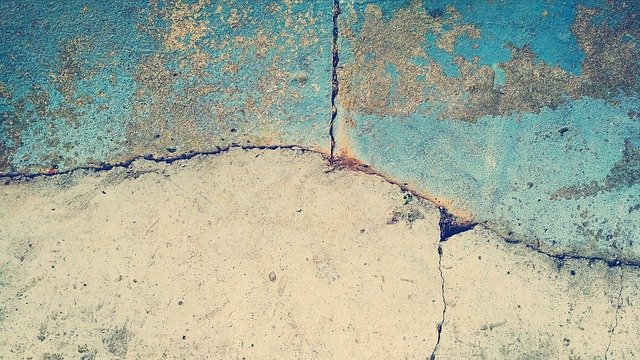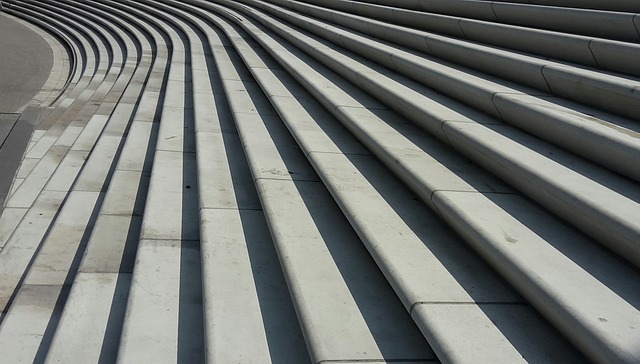How to mix concrete properly
Concrete. A very common mixture of inorganic river sand or dug sand, water, and cement. Nothing more, nothing less. If we did not know this, prefabricated apartment complexes, hotels, leisure facilities, swimming pools, playgrounds, sports fields, TV and communication antennas and transmitters, and many other structures would not exist. Bridges and buildings would have to be built of stone and joined together like the Charles Bridge, and people would live in mostly wooden buildings and shacks.
Basic building materials
.
Basic building units we cannot imagine living in. Concrete is relatively easy to make, as long as you have a mixer, sand, cement, water and a good mood.
Without cement it is impossible.
Cement serves an absolutely essential function for concrete. Cement serves to bind the fine sand crystals together. Its purpose is to coat each crystal in the concrete with cement, covering its entire surface. Where there is no binder, the sand in the concrete begins to crumble. On the other hand, too much cement will cause it to crumble.
The correct ratio of cement to sand is always 1:2 or 1:3, or 1:4 for drainage mixes. However, this is a weight ratio, not a volume ratio, and this important point is often forgotten by cottage owners and cottage managers who decide to make their own concrete for walkways, walls, fence posts, drainage ditches, and the like
